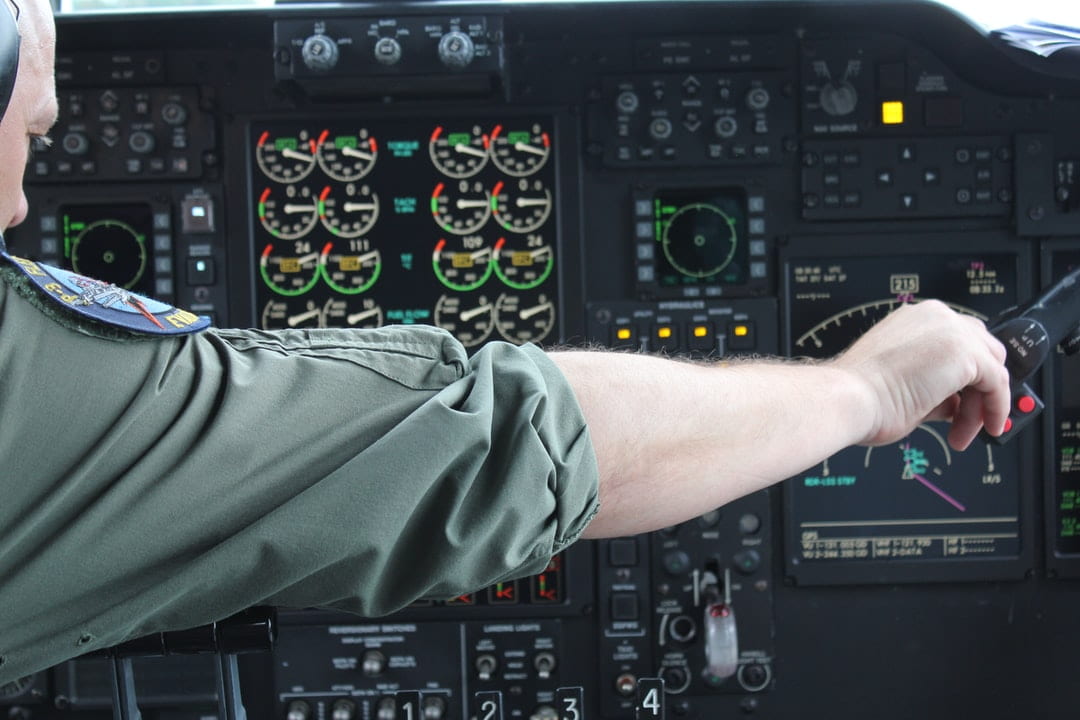In human supervisory control of autonomous systems, the human is on the loop versus in the loop. Some domains where this is common is in aviation (e.g. autopilot), autonomous vehicles, and nuclear power plant supervision. This changes the role of the human in a system. They no longer need to be in direct control of the system or vehicle. With the human out of the direct loop, they are supervising more aspects of the system which can lead to high levels of workload (e.g. supervising multiple UAVs). On the other end of the spectrum are highly automated systems, which require little of the human and lead to very low workload and boredom. Our research looks at interface design, team composition and measurement of workload with fNIRS and other physiological sensors in these contexts.
Related Publications
- Gao, F., Cummings, M.L. & Solovey, E., Designing for Robust and Effective Teamwork in Human-Agent Teams in The Intersection of Robust Intelligence (RI) and Trust in Autonomous Systems, Ed.: W. Lawless, Springer.
- M. Boyer, M.L. Cummings, L.B. Spence, E.T. Solovey. “Investigating Mental Workload Changes in a Long Duration Supervisory Control Task,” Interacting With Computers (2015). [link]
- E.T. Solovey, D. Afergan, A. Venkat, D. Belyusar, B. Mehler, B. Reimer. “Enabling Adaptive Autonomy: Brain & Body Sensing for Adaptive Vehicles,” Proc. CHI 2015 Workshop on Autonomous Driving UX. (2015). (To Appear). [link]
- F. Gao, M.L. Cummings, E.T. Solovey, “Modeling Teamwork in Supervisory Control of Multiple Robots,” IEEE Transactions on Human-Machine Systems 44(4), 441-453. [link]
- D. Afergan, E. Peck, E.T. Solovey, A. Jenkins, S. Hincks, E.T. Brown, R. Chang, R.J.K. Jacob. Dynamic Difficulty Using Brain Metrics of Workload. Proc. ACM Conference on Human Factors in Computing Systems CHI ’14, ACM Press (2014).Best Paper Award Honorable Mention. [Awarded to top 5%] [link]
- A. Mkrtchyan, J. Macbeth, E.T. Solovey, J. Ryan, M. Cummings. “Using Variable-Rate Alerting to Counter Boredom in Human Supervisory Control,” Proc. Human Factors and Ergonomics Society Annual Meeting, 2012. [link]
- E.T. Solovey, “Real-time fNIRS Brain Input for Adaptive Robot Autonomy,” Proc HRI Pioneers Workshop (2012). [Acceptance Rate: 23%]

